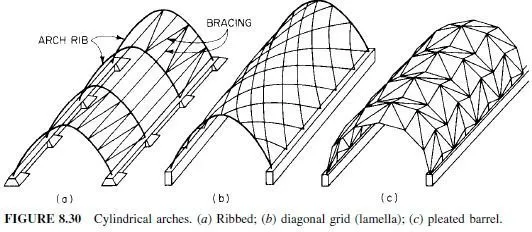Bridges have been categorized in many ways. They have been categorized by their principal use as highway, railroad, pedestrian, pipeline, etc.; by the material used in their construction as stone, timber, wrought iron, steel, concrete, and prestressed concrete; by their structural form as girder, box-girder, moveable, truss, arch, suspension, and cable-stayed; by structural behavior as simple span, continuous, and cantilever; and by their span dimension as short, intermediate, and long-span. The last classification, specifically long-span, is the one of primary interest in this Section.
The span of a bridge is defined as the dimension (length), along the longitudinal axis of the bridge, between two supports. However, what defines a long-span? In other words, how long is long?
It should be understood that the word long is a relative term. Throughout the history of bridge construction and technology, as our methods of analysis improved and as we moved from one material to another more appropriate material, the span length has been constantly pushed forward to a new frontier. Therefore, what was considered a long-span in the eighteenth and nineteenth centuries may not be considered as such in the twentieth century. What is considered a long-span today may not be considered as such in the twenty-first century.
It is conceptually simple to understand this concept of the relativity of span length, however, in of itself it does not define long-span.
Perhaps the best definition of long-span is that presented by Silano as if a bridge has a span too long to design from standard handbooks, you call it a long-span bridge. The current AASHTO Standard Specifications for Highway Bridges states that They apply to ordinary highway bridges and supplemental specifications may be required for unusual types and for bridges with spans longer than 500 ft. Therefore, by the above criteria, the lower bound of long-span may be considered to be 500 ft, at least for highway bridges.




